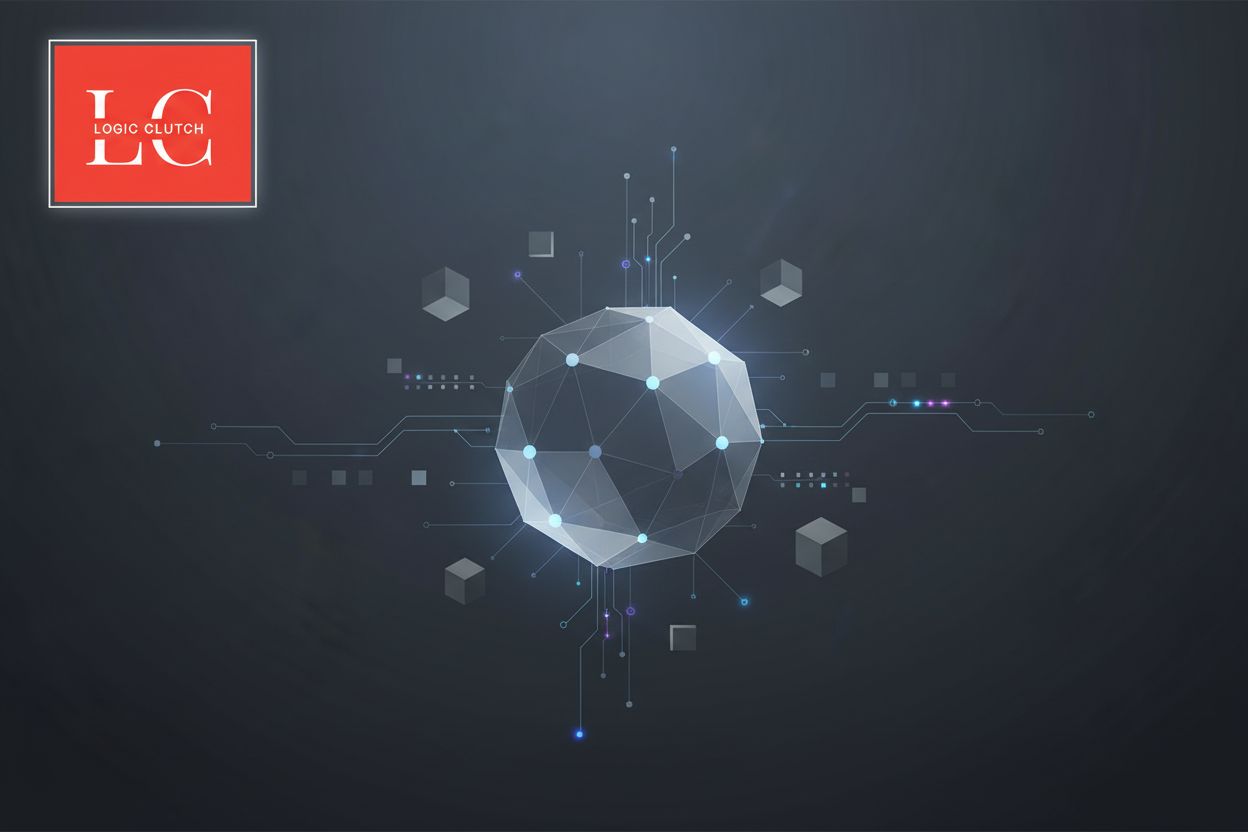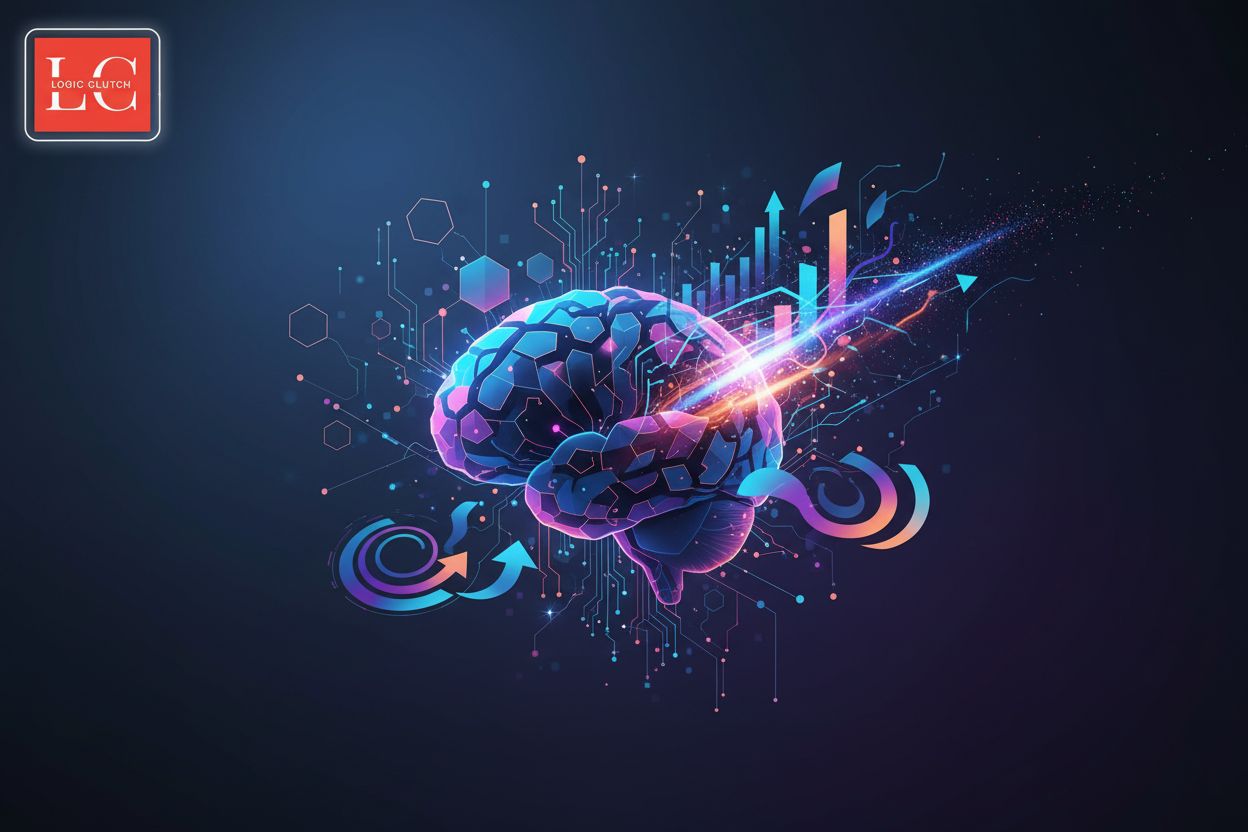Semantic AI: Enhancing Enterprise Intelligence
TL;DR
Introduction: The Imperative of Semantic AI in Today's Enterprise
Semantic ai is kinda a big deal now, you know? Companies are drowning in data, but finding real insights? That's tough. (Are we still drowning in data but starving for insights? - Domo)
- It helps ya make sense of all that data, like, finding relationships that traditional machine learning or rule-based systems might miss.
- Think about supply chains; you can spot risks way faster (The Top 10 Supply Chain Risks of 2025 and How to Mitigate Them) Enterprise Intelligence Solutions | Semantic AI – that's a good use case!
- It's not just about algorithms; it's about understanding what the data even means.
So, semantic ai is different from the ai you already know, and it's pretty crucial for the future.
Understanding Semantic AI: Core Concepts and Technologies
So, semantic ai—it's not just one thing, right? It's more like a toolbox filled with different ways to make sense of data. Let's break down some of the core concepts, yeah?
These are kinda like translators. They take the techy, database jargon and turn it into plain English that everyone can understand. Imagine trying to explain sql code to the ceo-- nightmare fuel. Semantic layers can help bridge that gap Semantic Layer: A Journey into AI Innovation - a good overview of how semantic layers translate data for business users. A semantic layer is essentially a conceptual model that sits between your raw data and your applications. It defines business terms, their meanings, and how they relate to the underlying data structures. Think of it as a universal translator for your data, allowing different systems and users to access and interpret information consistently, regardless of the original data format or technical complexity.
Think of these as visual maps of all the connections in your data. They show how different things relate to each other, which helps you spot patterns and connections you might miss otherwise. Knowledge graphs are constructed by identifying entities (like people, places, or concepts) and the relationships between them. This is often done through a process called knowledge extraction, where algorithms analyze text, databases, or other sources to identify these entities and relationships. For example, in a graph about a company, you might have entities for "Employee," "Department," and "Project," with relationships like "works in" and "assigned to." This structured representation allows for complex queries and inferences that go beyond simple data retrieval.
Data fabrics are all about getting a single view of your data, no matter where it lives. This helps with integration and governance. A data fabric is an architectural approach that provides a unified, consistent, and intelligent layer over disparate data sources. It uses technologies like metadata management, data cataloging, data virtualization, and api gateways to integrate and govern data across the enterprise. Instead of moving all your data to one place, a data fabric allows you to access and use it from its original location, ensuring data quality, security, and compliance through centralized governance policies and automated data discovery.
Now, all this might sound complicated, but it's about making sure your data isn't just sitting there, being useless. These components work together by providing a structured, understandable, and accessible foundation for your data. The semantic layer ensures that data is understood in business terms, knowledge graphs provide context and relationships, and data fabrics ensure that this semantically enriched data is accessible and governed across the enterprise.
Semantic AI in Salesforce CRM: A Practical Guide
Okay, so you're using Salesforce, huh? Bet you're wondering how to make it even better. Turns out, semantic ai might just be the secret sauce you're looking for.
- Integrating semantic layers lets you enrich your customer data. Think of it as adding a super-detailed profile to each contact, way beyond just name and email. For instance, in healthcare, you could track patient history with semantic tags for conditions and treatments, making personalized care plans way easier. This integration typically happens by connecting a semantic layer solution to Salesforce via its APIs, or by leveraging Salesforce's own semantic capabilities if available. The semantic layer then maps business concepts to Salesforce data fields, enriching records with contextual information.
- Boosting lead scoring is another big win. Instead of just looking at basic demographics, semantic ai can analyze the context of their interactions. Like, did they attend a webinar on a specific product feature? Suddenly, they're a hot lead. This involves using natural language processing (NLP) to analyze communication logs, website interactions, and other data points, then mapping these insights to lead scoring models within Salesforce.
- Opportunity management gets smarter, too. Imagine a retail chain using semantic ai to predict which stores will benefit most from a new promotion based on local demographics and past sales data. It's like having a crystal ball, but with data. This could involve using knowledge graphs to model customer behavior and market trends, then feeding these insights into Salesforce opportunity forecasting tools.
And that's the gist—making your crm data way more insightful. Next up, we'll see how this unlocks even smarter ai-powered insights, yeah?
Leveraging AI Analytics with Semantic AI
So, you've got all this data, but is it good data? Semantic ai can make your analytics way more effective. How? Let's dive in.
- Semantic enrichment helps clean up the mess. Think about customer addresses; semantic ai can standardize them, so you don't end up sending mail to the wrong place. This is done by using NLP and entity recognition to parse address components, identify variations, and map them to a canonical format. For example, "St." can be standardized to "Street," and abbreviations can be expanded.
- Feature extraction gets a boost, too. In finance, you could automatically identify transaction types (like "groceries" or "rent") for better spending analysis. This involves using machine learning models trained on financial transaction data to classify the purpose of each transaction based on keywords, merchant names, and amounts.
- Plus, it helps reduce noise and biases. Cause nobody wants that, right?
On to the next piece of the puzzle...
Case Studies: Real-World Applications of Semantic AI
Ever wonder if all this ai stuff actually works in the real world? Spoiler alert: it totally can, especially when you're talking semantic ai.
Let's talk customer service. Imagine using semantic ai to understand not just what customers are saying, but how they're feeling. You could tag support tickets with sentiment analysis, so the angriest customers get bumped to the top of the queue.
- Improved efficiency: Agents can see a summary of the customer's issue and their emotional state right away.
- Personalized Interaction: The agent is armed with the knowledge to tailor their response, showing empathy where needed, or just getting straight to the point if the customer's in a hurry.
- Faster resolutions: Happy customers, happy company.
And supply chains? Don't even get me started. Semantic ai can be a game-changer here, too. Think about tracking risks in real-time.
- Enhanced Visibility: It's not just about knowing where your stuff is; it's about understanding the context around its journey.
- Predictive Analytics: Spot potential disruptions before they happen, like a port closure due to weather or a supplier facing financial trouble.
- Cost Reduction: According to a report from MIT Sloan Management Review, only 5% of enterprise AI projects yield real value (MIT Sloan Management Review). Semantic AI, by providing deeper understanding and context, can significantly improve the ROI of AI initiatives by ensuring they address the right problems and deliver actionable insights, thus helping to overcome the challenges that lead to low value realization in other projects.
So, what's next? Well, let's dive into the future of enterprise intelligence with semantic ai...
Conclusion: The Future of Enterprise Intelligence with Semantic AI
Okay, so we've been through a lot, right? But what does it all mean for the future? Well, I think semantic ai is about to become seriously unavoidable.
Think about it: companies are awash in data. Those who can actually understand it will have a huge advantage. Semantic ai isn't just another tech fad; it's how you unlock the value already sitting in your databases.
It also opens up new doors. Imagine creating entirely new products or services based on insights that were previously hidden. In healthcare, this could mean personalized medicine based on a deeper understanding of patient data.
And it's not just about tech – it's about changing how your whole company thinks. Building a data-driven culture means everyone, from the ceo on down, can make smarter decisions based on real insights.
Start small, but think big. Don't try to overhaul everything at once. Instead, identify a specific problem that semantic ai can solve, and then build from there.
Don't skimp on expertise. You'll need a mix of data scientists to build and manage the models, domain experts to provide context and validate insights, and AI engineers to deploy and scale the solutions. Consider upskilling your current team through targeted training programs, or explore partnerships with specialized AI consultancies.
Remember that your data is your most valuable asset. By transforming it into a strategic asset, you're not just keeping up with the competition – you're getting ahead.
Ultimately, semantic ai is more than just a technology; it's a way of thinking. And if you embrace it, you'll be well-positioned for the future.





